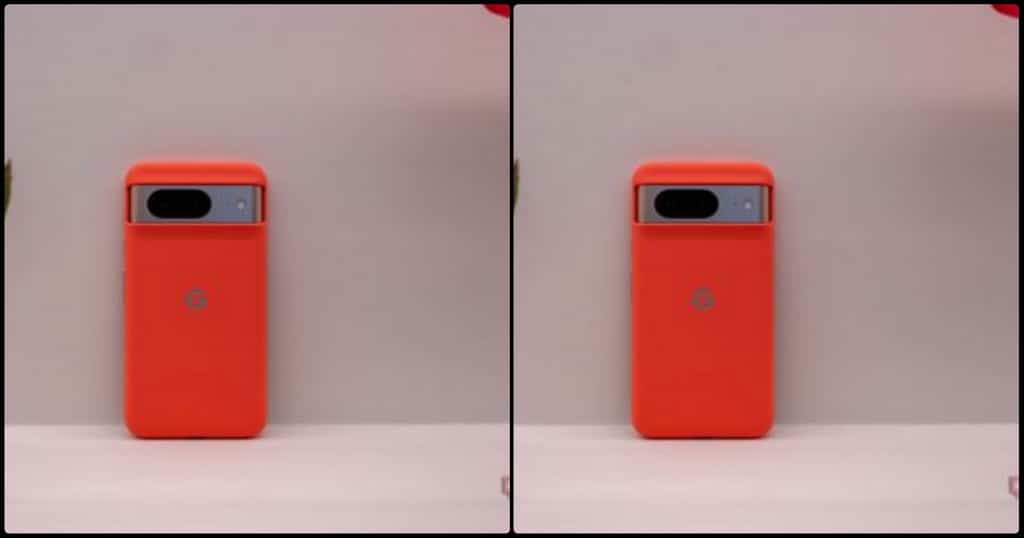In the realm of commercial painting and decorating, a dedication to quality results and cleanliness is paramount. This holds true for all projects, but it takes on added significance when renovating healthcare environments. In these settings, maintaining the highest standards of hygiene is not just a priority; it’s an absolute necessity. This article will delve deep into the importance of expert decorating services in healthcare settings, exploring key considerations that contractors must keep in mind to ensure that these environments remain safe, clean, and visually appealing.
Primary Considerations for Healthcare Sector Decorating
1. Controlling Bacteria
The healthcare sector demands stringent hygiene practices at all times. Controlling the spread of bacteria is paramount, particularly in areas where vulnerable patients with weakened immune systems are cared for. Infection control is a top priority during any renovation project in a healthcare facility.
The National Health Service (NHS) in many countries emphasizes the importance of a collaborative approach to cleanliness within healthcare areas. This extends to the role of visitors and contractors. As a contractor, it’s essential to recognize the impact you can have on the site and take every precaution to minimize potential risks.
2. Withstanding Deep Cleaning
The NHS has established guidelines that mandate all surfaces in healthcare environments to be visibly clean and cleaned daily. In some cases, the cleaning frequency may even surpass that of general office spaces. Given this rigorous cleaning regimen, any decoration applied must be capable of enduring this level of cleaning. Some paints and finishes may not withstand frequent wiping, necessitating more frequent redecoration.
In addition to daily cleaning, healthcare facilities often require periodic deep cleaning. This process involves the use of steamers and specialized equipment to thoroughly sanitize surfaces. It is crucial to use appropriate materials and finishes that can withstand these rigorous cleaning processes without sustaining damage.
3. Built-in Hygiene Protection
In the modern market, there are numerous products available that incorporate built-in hygiene protection. For instance, some paints are formulated with ion protection technology, which inhibits the spread of infection, including harmful bacteria such as MRSA and E. coli. Specialist hygienic paints are also designed to prevent the growth and spread of mold. Such paints are essential for environments that are subject to regular cleaning, as they contribute to making the cleaning process more efficient and effective.
4. Supporting General Maintenance
Renovating spaces within healthcare facilities extends beyond simply giving them a fresh coat of paint. It plays a crucial role in the overall maintenance of the building, preventing issues like mold growth or rust formation. This proactive approach to maintenance can ultimately save healthcare institutions money on future maintenance costs.
5. Creating a Soothing Atmosphere
Healthcare facilities are often perceived as stressful places by patients and visitors alike. Thoughtful decorating choices can make a significant difference in the atmosphere of these spaces. Creating welcoming, well-lit, and clean environments can have a positive impact on the well-being of those using these spaces.
The use of light colors for walls and surfaces can create a sense of cleanliness and openness. Effective lighting design can also help identify dirt and stains, facilitating thorough cleaning and disinfection processes.
Maintaining Hygiene Throughout the Decorating Process
Beyond the choice of materials and the final result, there are critical considerations to be addressed throughout the decorating process within medical spaces:
- Fumes and Odors: Paint can emit fumes and odors, although low-odor paints with fewer volatile organic compounds (VOCs) are often used in healthcare environments to minimize these issues. Dust particles produced during the decorating process can be harmful in healthcare settings, so extra precautions must be taken to prevent them from entering the ventilation system.
- Work Area Safety: Safely cordoning off work areas is essential to prevent accidents and contamination. Contractors should establish clear boundaries to minimize the risk of unauthorized access and ensure the safety of both patients and staff.
- Communication: Effective communication is key during any healthcare renovation project. Keeping all staff members informed about planned works and providing regular updates throughout the project allows them to plan around the workspace, minimizing unnecessary traffic and disruptions.
- Cleanliness and Tidiness: Maintaining a high level of cleanliness and tidiness throughout the decorating process is crucial, with special attention paid to hygiene in healthcare environments. This includes proper disposal of waste materials, careful handling of equipment, and thorough cleaning of the workspace at the end of each workday.
Trusted Commercial Painters and Decorators in Healthcare
Selecting a professional painter and decorator for healthcare settings requires careful consideration. Contractors should have the necessary expertise and practices in place to protect the healthcare environment fully. Protecting the premises, staff, and visitors should be their top priority.
When it comes to safeguarding your premises and maintaining a clean, hygienic, and visually impressive healthcare environment, Intertech Contracts stands out as a trusted choice. Their expertise and commitment to the highest standards of work ensure that healthcare facilities receive the care and attention they deserve.
If you’re in need of assistance or advice for your healthcare renovation project, don’t hesitate to contact the knowledgeable Intertech Contracts team. They are always ready to provide a no-obligation quote and address any questions or concerns. Your healthcare environment deserves nothing less than the highest standard of care.
Conclusion
In conclusion, the importance of expert decorating services in healthcare settings cannot be overstated. These environments demand a level of hygiene and cleanliness that goes beyond the ordinary. Contractors in the healthcare sector must be well-versed in the specific requirements and challenges posed by medical facilities. By adhering to stringent hygiene practices, selecting appropriate materials, and maintaining cleanliness throughout the decorating process, healthcare decorators contribute to creating safe, welcoming, and visually appealing spaces that positively impact the well-being of patients and visitors. Trusting a reputable commercial painter and decorator, such as Intertech Contracts, is essential to ensure that healthcare environments receive the highest standard of care and attention.


